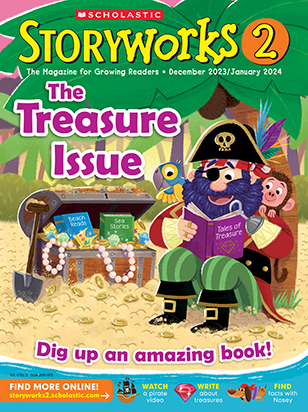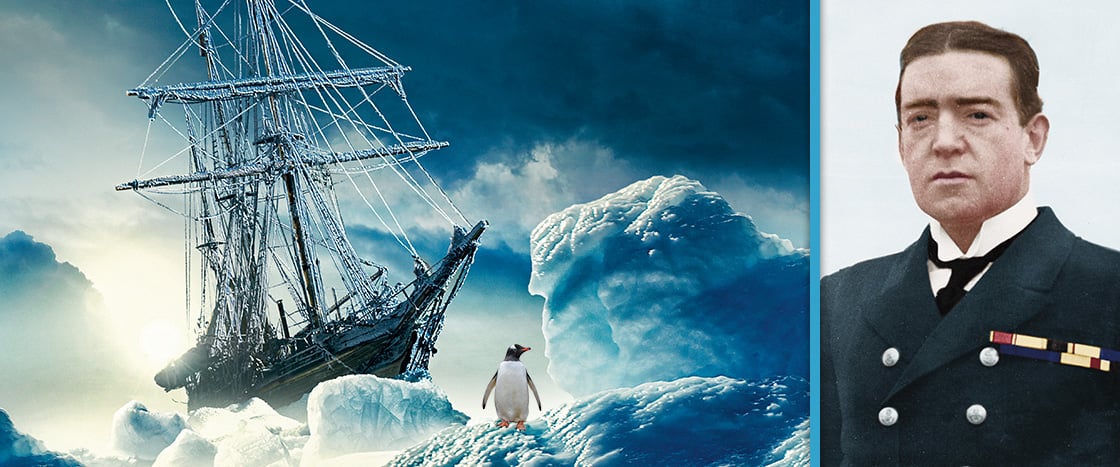More than 100 years ago, Ernest Shackleton had a dream. He wanted to be the first explorer to cross the frozen land of Antarctica.
But first he had to get there. That meant sailing across the dangerous, icy sea.
Shackleton had a ship named the Endurance and a crew of 28 men. Endurance means sticking with something, even when it gets hard. Shackleton had no idea how hard things were going to get.
A long time ago, Ernest Shackleton had a dream. He wanted to be the first person to cross Antarctica.
First he had to get there. It was dangerous. He had to sail across the icy sea.
Shackleton had a crew of 28 men. He had a ship that was called the Endurance. Endurance means sticking with something when it gets hard. Shackleton had no idea how hard it would get.
More than 100 years ago, Ernest Shackleton had a dream—he wanted to be the first explorer to cross the frozen land of Antarctica.
But first he had to get there and that meant sailing across the dangerous, icy sea.
Shackleton had a ship named the Endurance and a crew of 28 men. Endurance means sticking with something, even when it gets hard. Shackleton had no idea how hard things were going to get.

